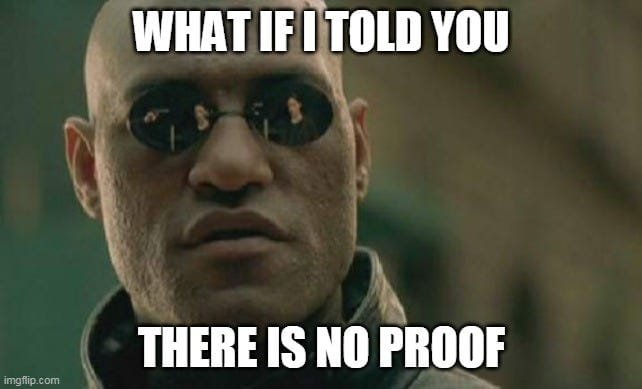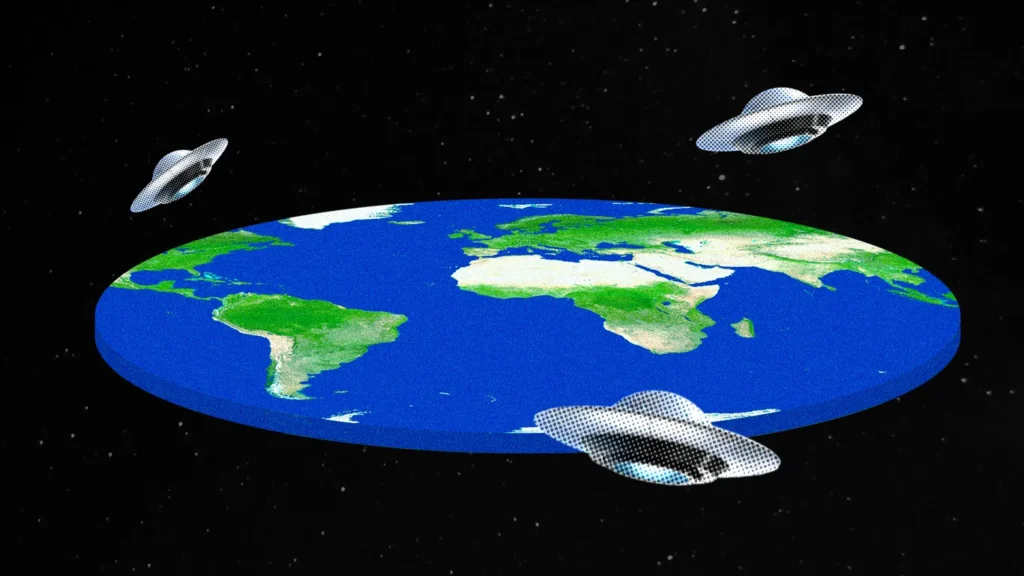Okay, let’s talk about something that’s a bit weird, a little frustrating, and a lot fascinating: the Flat Earth conspiracy. Yes, people still believe in it, and here’s the kicker—AI might be helping this bizarre theory stick around.
The Flat Earth theory has been debunked for centuries. It’s like science’s version of a “been there, done that.” However, in our age of artificial intelligence, misinformation, and online echo chambers, this conspiracy is getting a second wind. How? AI plays a crucial role in amplifying, spreading, and sometimes even fueling these kinds of modern conspiracies. So, let’s break down what’s happening and why it’s a problem.
First, Why is the Flat Earth Theory Even Still a Thing?
Good question! It turns out that belief in the Flat Earth is driven by a perfect storm of psychology, social influence, and now… algorithms. A portion of people reject science not because they’re unintelligent, but because they’ve been pulled into an internet rabbit hole of misinformation. In a world where facts and fiction mingle freely, Flat Earthers double down on their beliefs because they’re constantly exposed to “evidence” that supports their worldview. The internet, with its endless forums and YouTube videos, provides a constant stream of this “evidence.”

But here’s where AI comes in—its algorithms are designed to keep users engaged, which leads us to our next point.
How AI Algorithms Keep Flat Earth Alive
You’ve probably heard of the term “recommendation engine” before. AI-based algorithms that decide what video to show you next, what post pops up in your feed, or what ad appears on your sidebar. These systems are powered by complex algorithms designed to keep your attention by showing you more of what you’ve already engaged with. It’s kind of like AI saying, “Oh, you like Flat Earth videos? Here’s 100 more of them!”
Platforms like YouTube, Facebook, and TikTok use AI to analyze your behavior. Did you watch a conspiracy theory video for more than 5 seconds? Bam! The algorithm’s got you. Suddenly, it’s suggesting videos with clickbait titles like “NASA’s Biggest Lie” or “Proof the Earth is Flat!”—and the deeper you go, the more it convinces you that maybe, just maybe, the Earth is actually flat. It’s like AI has taken you on an involuntary journey into conspiracy land.
And it’s not just about videos. AI-powered social media platforms show you posts and comments that align with the content you interact with, reinforcing your views. So, before long, you’re trapped in an echo chamber where everyone is shouting “The Earth is flat!”—and the AI is holding the door closed, making sure you stay inside.
Misinformation Machines: How AI Generates and Spreads Bad Info
Another creepy way AI is fueling conspiracies like Flat Earth is through the actual creation of misinformation. Generative AI, the kind of AI used in chatbots, can produce content that seems factual but is totally wrong. Imagine a chatbot that answers someone’s question about the shape of the Earth with “scientific evidence” that’s entirely fabricated or cherry-picked. And because AI can crank out text, images, and even deepfake videos faster than any human, we’re left with an internet that’s flooded with conspiracy content.

This not only muddies the waters of what’s real and what isn’t, but it also makes it incredibly hard to debunk. The more content there is, the more fuel there is for these conspiracies to keep burning bright.
Why Do People Believe in Flat Earth in the First Place?
Here’s where psychology comes in. People who fall into the Flat Earth rabbit hole usually start with some form of skepticism. Maybe they don’t trust the government, maybe they think NASA is shady, or maybe they just love a good underdog story. But once AI algorithms feed them content that validates their skepticism, they start believing.
Conspiracy theories also give people a sense of belonging. There’s something exciting about feeling like you’re part of a secret club that “knows the truth.” When people find online communities of other Flat Earthers, they feel validated. AI helps these communities thrive by constantly serving up fresh content that stokes the flames.
What Can We Do About It?
Well, we’ve got to get better at identifying when AI is leading us down the wrong path. Just because an algorithm recommends a video doesn’t mean it’s true. We need to develop some healthy skepticism of our own—not of science or experts, but of the platforms that want to keep us engaged at all costs.

Governments and tech companies are also working to address the issue. Fact-checking programs, misinformation filters, and algorithm transparency are all in the works, but we need to hold these platforms accountable to make sure they’re using AI responsibly.
Finally, education is key. If people understood how AI recommendation systems worked, they’d be more likely to recognize when they’re being led astray. Schools, social platforms, and media outlets need to teach digital literacy and critical thinking so people can spot conspiracy theories before they take root.
The Bottom Line
AI isn’t the enemy here, but it’s a tool that can be used for both good and bad. In the case of the Flat Earth conspiracy, it’s definitely being used to keep misinformation alive and well. The challenge we face today is figuring out how to harness AI’s power for the greater good—using it to spread knowledge, not confusion.
So, the next time you see a video titled “10 Reasons Why the Earth is Flat,” remember that it’s not just the Flat Earthers keeping this conspiracy alive—it’s the AI behind the scenes, serving up content that fuels modern conspiracies



